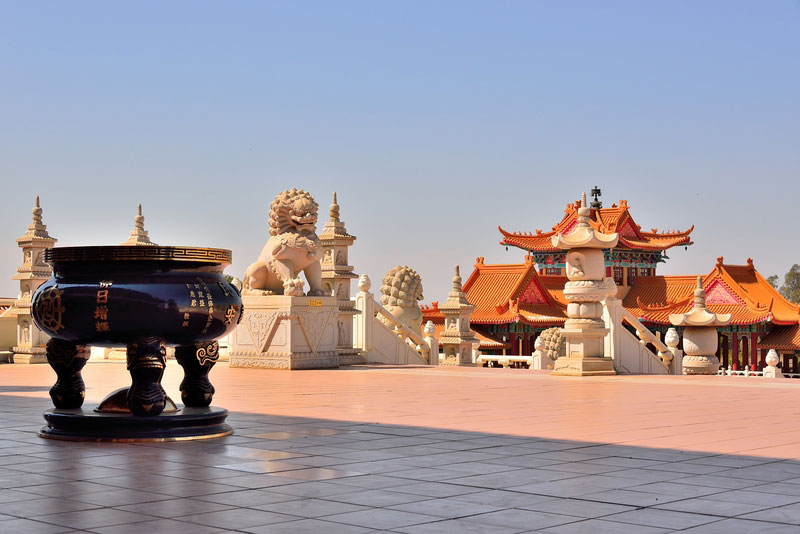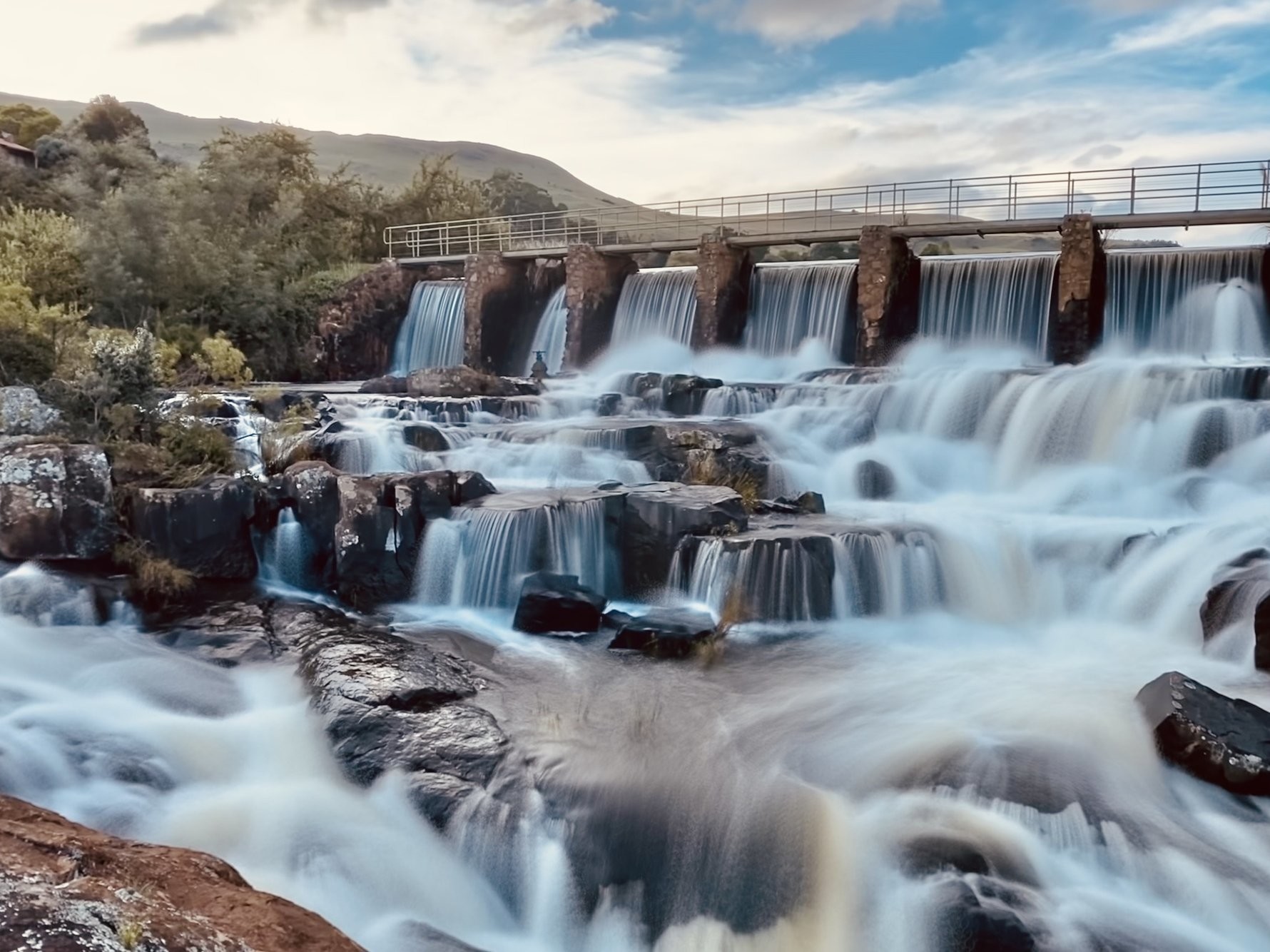Johannesburg North Attractions - An Overview
Johannesburg North Attractions - An Overview
Blog Article
All about Johannesburg North Attractions
Table of ContentsRumored Buzz on Johannesburg North AttractionsThe Greatest Guide To Johannesburg North AttractionsWhat Does Johannesburg North Attractions Mean?Johannesburg North Attractions Things To Know Before You Buy7 Simple Techniques For Johannesburg North AttractionsThe Ultimate Guide To Johannesburg North Attractions
The city owes its location to the existence of an also more precious resource: gold. The city grew on the edge of the Witwatersrand Main Coral reef, a below ground stratum of gold-bearing quartz-silica empire that arcs for hundreds of miles underneath the Highveld. The majority of the gold mines in the city ceased operation in the 1970s, yet in its day the Witwatersrand gold market accounted for greater than 40 percent of the world's yearly gold manufacturing.Johannesburg has a warm climate. Summer temperatures average about 75 F (24 C); winter months temperature levels balance about 55 F (13 C) and just sometimes dip below freezing. The city takes pleasure in about 8 hours of sunshine each day in both winter season and summertime. Rainfall standards about 28 inches (700 millimetres) per year, yet the total differs substantially from year to year.
What rain the city obtains falls virtually exclusively in the summer months, commonly in magnificent late-afternoon electrical tornados., where lots of locals still rely on coal for gas.

Some Of Johannesburg North Attractions
The balance of the city is occupied by whites. Accommodation differs in character and high quality. Soweto is notorious for its unlimited rows of municipally constructed, two-room matchbox homes, yet it likewise has a couple of prosperous territories along with bursting squatter camps, where tens of thousands live without water, electrical power, or cleanliness facilities.
Physical growth, although rather restricted by transport, continued promptly as immigration to South Africa, and Johannesburg specifically, boosted considerably. This problem was fixed in the 1930s when the auto was presented in mass production to South Africa. Automobiles were, essentially, constrained to the rich, and permitted them to move to the north of the city and commute right into the centre.
A lot of bad suburbs were mixed, with bad blacks and whites living together, although the rich suburbs were usually reserved for whites.
The previous system of eleven phoned number regions was reorganised in 2006. Marshalltown, as seen from the top of the Carlton Centre. The M1 and M2 run behind the structures, and the southern residential areas expand past the highway limit. The inner city of Johannesburg is located within the city's Region F. The number of individuals living in the internal city on a casual basis is unidentified, as several are illegal immigrants. The joblessness, education and learning, and age accounts of the location are all unidentified, due to the problem of obtaining trusted details about the location.
Some Known Incorrect Statements About Johannesburg North Attractions
Centred on the CBD, the area includes the suburban areas of Yeoville, Bellevue, Troyeville, Jeppestown, and Berea to the eastern. To the west it infects Pageview (Johannesburg North attractions) and Fordsburg. There are little industrial parks to the south, such as City West-Denver and Benrose. Around 800,000 commuters travel through the internal city each day, and it operates as a regional purchasing node for site visitors from the southern suburbs. Yeoville and Bellevue have a mix of home buildings and single domestic units on small lots. The region is situated on a mountainous divide that runs from east to west.

Johannesburg Stadium, a training ground for both the Golden Lions and Orlando Pirates, is nearby. The eastern suburbs of Johannesburg lie in the city's 7th [] and 9th [] regions. The area is also functionally incorporated with East Rand border communities beyond the main limit of Johannesburg, such as Bedfordview and Edenvale (both component of Ekurhuleni Metropolitan Town).
Everything about Johannesburg North Attractions
R. directory Tambo International Airport Terminal). The eastern suburban areas are several of the earliest locations of Johannesburg, there are big communities of Jewish and other European backgrounds, most of the population is English speaking. There are three golf courses as well as a number of secured ridges with viewsites. There are a number of well-developed and up-market entertainment and shopping locations in the eastern such as the Eastgate Purchasing Centre and the Greenstone shopping centre.
Initially developed to house male migrant workers, numerous have been boosted as residences for couples and households. The suburb was not historically allowed to produce work centres within the area, so virtually all of you could check here its citizens are commuters to other parts of the city.
An Unbiased View of Johannesburg North Attractions
The N1 Western Bypass links the northern suburban areas with the north-western suburbs. The residential areas in the northern suburban areas are generally formal, without substantial locations of informal housing, or housing that lacks a long-term structure. Although this is a well established location, there is a trend of land use adjustment from residential to industrial, specifically along main arterial roadways and around recognized nodes.
Roads to the eastern and west are much less well created, as there are no highways travelling in that direction. In the direction of the north border of the city, the density of development lowers, leaving large areas of primitive land around Midrand.
Little Known Questions About Johannesburg North Attractions.
The initial suburban area to the north of the internal city is Parktown, which lies on a hillside neglecting the central city and Hillbrow. It has numerous wealthy homeowners and Edwardian-design mansions, in addition to the Education and learning and Medical schools try this website of the University of the Witwatersrand. The huge concrete Charlotte Maxeke Johannesburg Academic Medical Facility dominates the horizon of Parktown.
Report this page